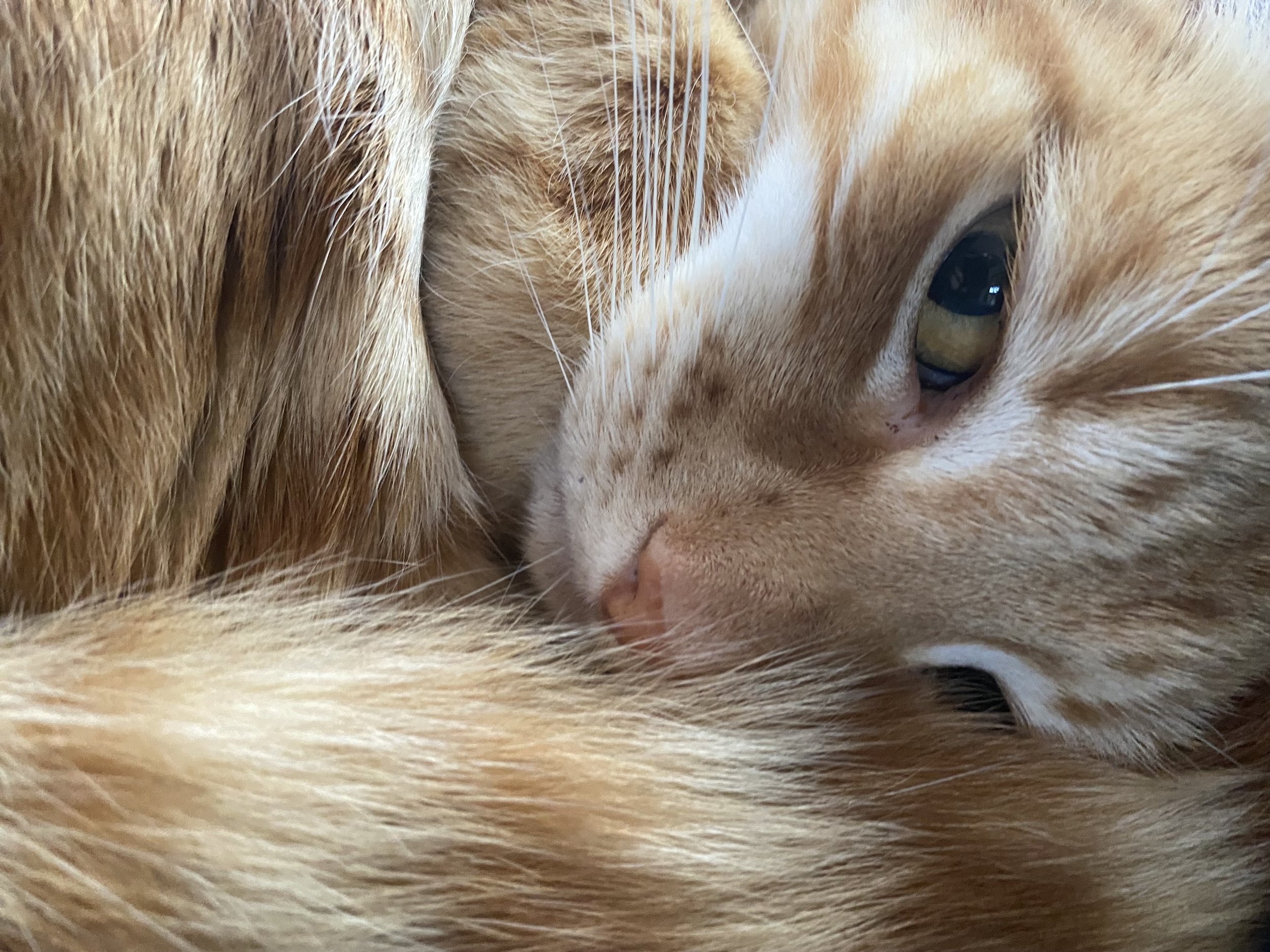Tips for moving with pets
/It’s no secret that most pets need extra care when you are in the process of moving home. They don’t instinctively understand what is happening with changes to their normally safe environment and being territorial creatures, anxiety and behavioural issues can occur during the moving process. The hustle and bustle of packing, furniture being out of place, strangers suddenly appearing within their environment and less time for routines can easily make your pet feel anxious. At worst, moving home can lead to some pets going missing. So, let’s do everything we can to avoid this while keeping them calm at the same time.
Here are some easy-to-follow and highly effective tips and tricks that can make a world of difference when moving with pets.
Before move day:
Choose a furniture removalist who understands your pet’s needs and gets along with animals - let them know you are moving with pets and any special considerations your pets might require
Keep your pet’s routine the same as much as possible
Retain the same level of attention your pet would normally receive
Keep your pet’s travel carrier easily accessible and close to your pet so they can use it when feeling unsafe and adapt to being carried in it
It’s a good idea to take your dog to your new home so they can familiarise themselves with their new environment
Speak with your vet if there are any early signs of anxiety and treat them with calming medicine if required, or enquire if a calming sedative will be necessary before travelling to your new home
Communicate with your pet before move day comes around and before packing commences - we assume our pets are instinctive but how would they know what is really happening?
On move day:
Keep pets in a separate room with some of their favourite things and away from removalists to avoid escape or injury (this also applies to when they are introduced to your new place until they are feeling comfortable with their new surroundings).
If possible, ask a friend who knows your pet to look after them on the day of the move
Don’t forget regular toilet breaks and water/feeding for your pet
Pack treats/food, toys, bedding, cleaning equipment, litter trays and dog bags last so they are easily accessible and you know where they are among the chaos
Ensure your pet is secure in the car and travels with you and not in the back of a truck (trucks are unfamiliar and get extremely hot)
Check that fencing at the new place is secure as soon as you arrive
Post move day:
As a high priority, update your pet’s microchip with their new address immediately
Hold off on washing toys and bedding so your pets have a familiar scent with them in their new surroundings
Be patient and don’t punish your pet for initial toileting mistakes or misbehaviour
Praise your pet when it goes to the toilet in the correct spot
Aim to keep usual routines in place - increase exercise for your dog as it will help them settle in faster
Some signs of anxiety in dogs and cats can include and are not limited to:
Excessive barking, hiding, pacing, escaping and loss of appetite in dogs
Excessive grooming, not using the litter tray, hiding and not eating in cats
Always seek advice from your vet if you suspect your pet is suffering from anxiety. Don’t delay as some issues can get out of control quickly.
Moving with pets can be tricky but if we spend more time with our pets during the process, and make use of the tips found in this article, the whole family including its furry members will make the transition of moving into your new home a much smoother experience for everyone.
Lots of woofs, meows and ribbits,
Danny and Vesna.


